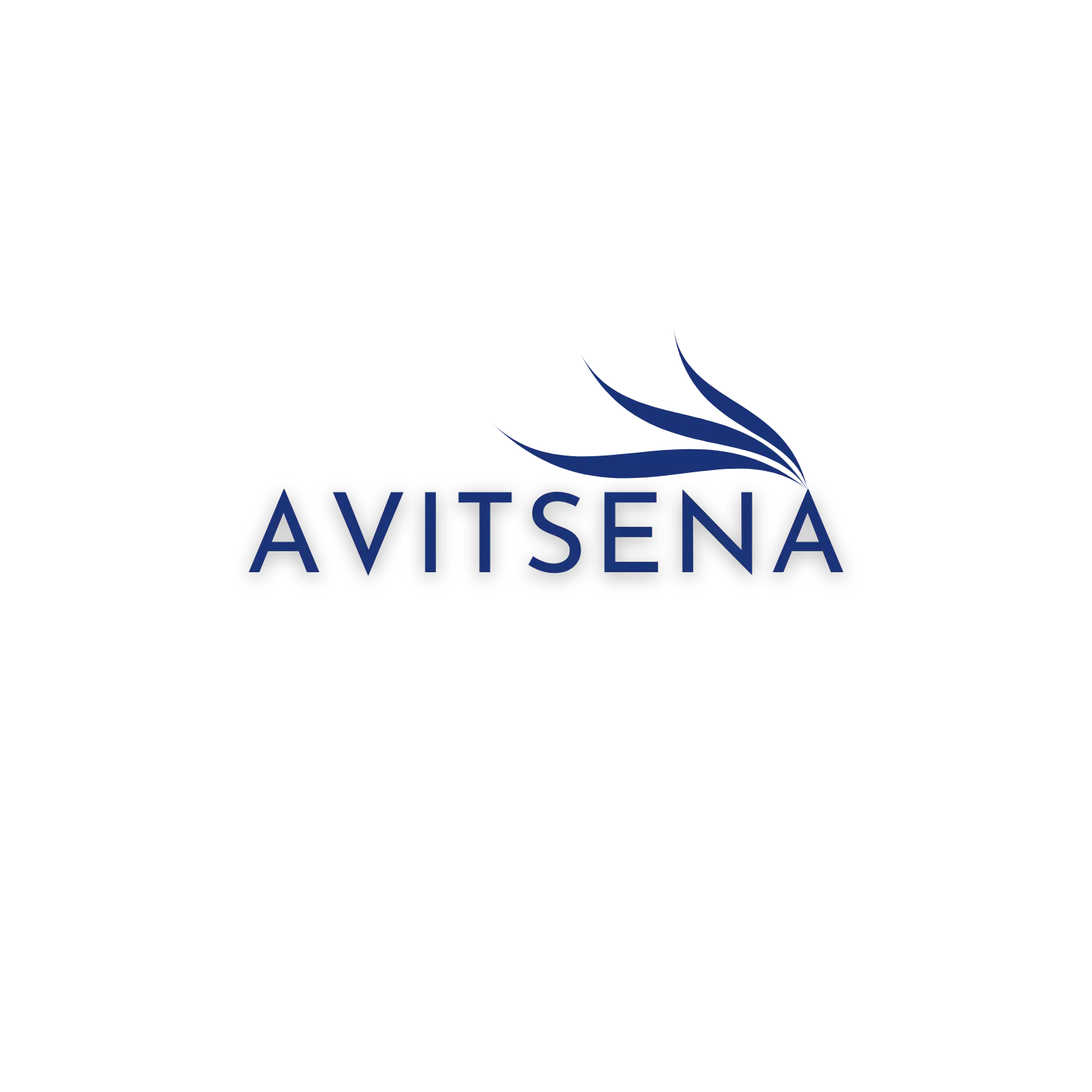Best Practices for Cleaning Validation in Pharmaceutical Manufacturing
Cleaning validation is a critical process in pharmaceutical manufacturing, ensuring that equipment is properly cleaned to prevent cross-contamination and maintain product quality. Regulatory bodies like the FDA and EMA require robust cleaning validation programs to demonstrate compliance with Good Manufacturing Practices (GMP). In this blog, we will outline the key elements and best practices for an effective cleaning validation process.
1. Understand Regulatory Requirements
Regulations emphasize the need for:
- Clear documentation of cleaning procedures.
- Verification of the cleaning process’s effectiveness.
- Ongoing monitoring and periodic revalidation.
Familiarize yourself with guidance such as the FDA’s “Guide to Inspections of Validation of Cleaning Processes” and EMA Annex 15.
2. Develop a Cleaning Validation Master Plan (CVMP)
The CVMP serves as a roadmap for your validation program. It should include:
- Objectives of cleaning validation.
- Equipment and systems to be validated.
- Acceptance criteria and sampling methods.
- Revalidation frequency.
3. Establish Acceptance Criteria
Define clear acceptance limits for residuals based on:
- Therapeutic Dosage: Calculate allowable carryover (MACO) based on active pharmaceutical ingredient (API) toxicity and therapeutic dose.
- Visual Cleanliness: Ensure no visible residues remain after cleaning.
- Microbial Limits: Verify that microbial contamination is within acceptable levels.
4. Choose Sampling Methods
Use a combination of methods to evaluate cleaning efficacy:
- Swab Sampling: Ideal for testing hard-to-reach areas.
- Rinse Sampling: Useful for detecting residues on equipment surfaces.
- Placebo Testing: Runs placebo batches to detect contamination carryover.
5. Validate the Cleaning Process
Perform cleaning validation studies on each piece of equipment or production line. Include:
- Worst-case scenarios, such as the hardest-to-clean equipment or most challenging API.
- Three consecutive successful cleaning cycles to demonstrate reproducibility.
6. Implement Robust Documentation Practices
Accurate and comprehensive documentation is key to regulatory compliance. Maintain records of:
- Cleaning procedures and protocols.
- Validation studies and test results.
- Any deviations and corrective actions.
7. Monitor and Revalidate Regularly
- Ongoing Monitoring: Continuously monitor cleaning processes for changes in production, equipment, or cleaning agents.
- Periodic Revalidation: Schedule revalidation based on risk assessment, equipment usage, or regulatory expectations.
8. Train Personnel on Cleaning Validation
Ensure operators and QA personnel understand the importance of cleaning validation and are trained in:
- Proper cleaning techniques.
- Sampling methods and documentation.
- Handling deviations during validation.
9. Address Common Challenges
- Residue Detection Sensitivity: Use analytical methods with appropriate detection limits.
- Complex Equipment Design: Engage design experts to identify hard-to-clean areas early.
- Process Changes: Update cleaning validation protocols when production processes or cleaning agents change.
10. Leverage Technology
Adopt advanced cleaning validation tools, such as:
- Automated Cleaning Systems: Reduce manual errors.
- Analytical Instruments: Use high-performance liquid chromatography (HPLC) or mass spectrometry for precise residue quantification.
Conclusion
An effective cleaning validation program is essential for maintaining product quality and ensuring patient safety. By implementing these best practices, pharmaceutical manufacturers can build a robust cleaning validation framework that complies with regulatory standards and minimizes the risk of cross-contamination.
Need Expert Guidance?
Contact Avitsena for specialized training and consultation services on GMP compliance and cleaning validation in pharmaceutical manufacturing. Let’s ensure your processes are always audit-ready!


